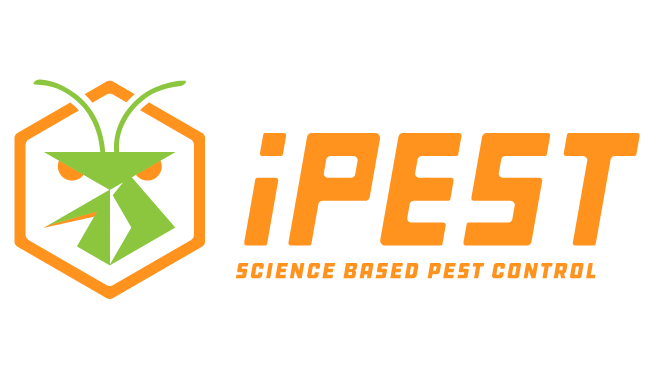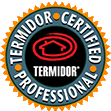The insect pests commonly known as phorid flies and drain flies are among the top five most commonly managed fly pests in and around structures. These two pests, along with many other fly species, are frequently referred to as “filth flies,” as they breed in filthy conditions and readily enter houses where they smear pathogens on every indoor surface in which they make contact. The most common filth fly pest species include house flies, fruit flies, blow flies, latrine flies, little house flies, phorid flies, drain flies, and other species. While all filth flies prefer certain breeding sites over others, female phorid flies are unique for laying eggs either on or beside a variety of rotting organic materials, such as animal carcasses, garbage, drain pipes, flowers in vases, wet potted plant soil, garbage cans, broken garbage disposals, dung, feces, sewage, and fungi. Drain flies breed in all the same places, but they are more commonly associated with sewage water, septic tanks, and waste-water treatment plants.
Phorid flies look similar to common house flies, only phorid flies are a bit smaller at around ⅛ inch in body length, and they can be identified by their dark brown to black humpbacked physique. Drain flies are also commonly referred to as “moth flies,” which makes sense given the species’ fuzzy and moth-like appearance. Drain flies are even smaller than phorid flies, as the average length of an adult drain fly is between 1/16 and ⅕ inch, and they are dark grey to black. Since phorid and drain flies inhabit conditions that even most fly species would find excessively putrid, their presence in kitchens should be treated as a serious hazard. When drain flies or phorid flies emerge from sink drains, dishwashers, downspouts, or the crevice where the floor meets the toilet, contact with the pests and contaminated surroundings should be avoided and cleaned after the pests are eliminated.
Have you ever witnessed flies emerge from your kitchen sink?







